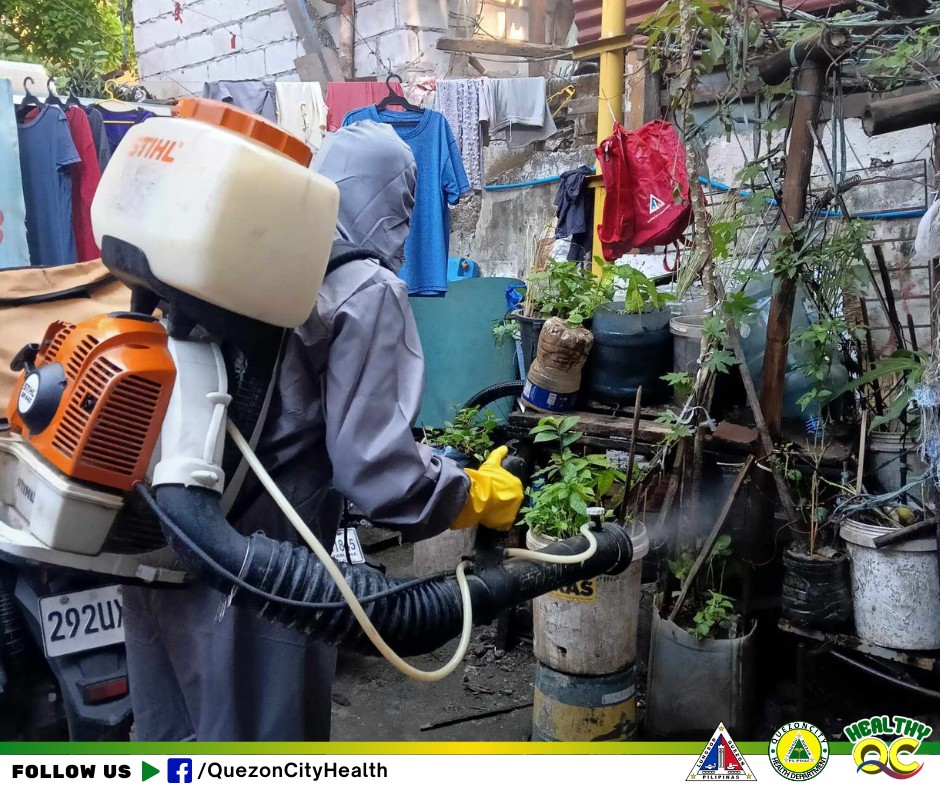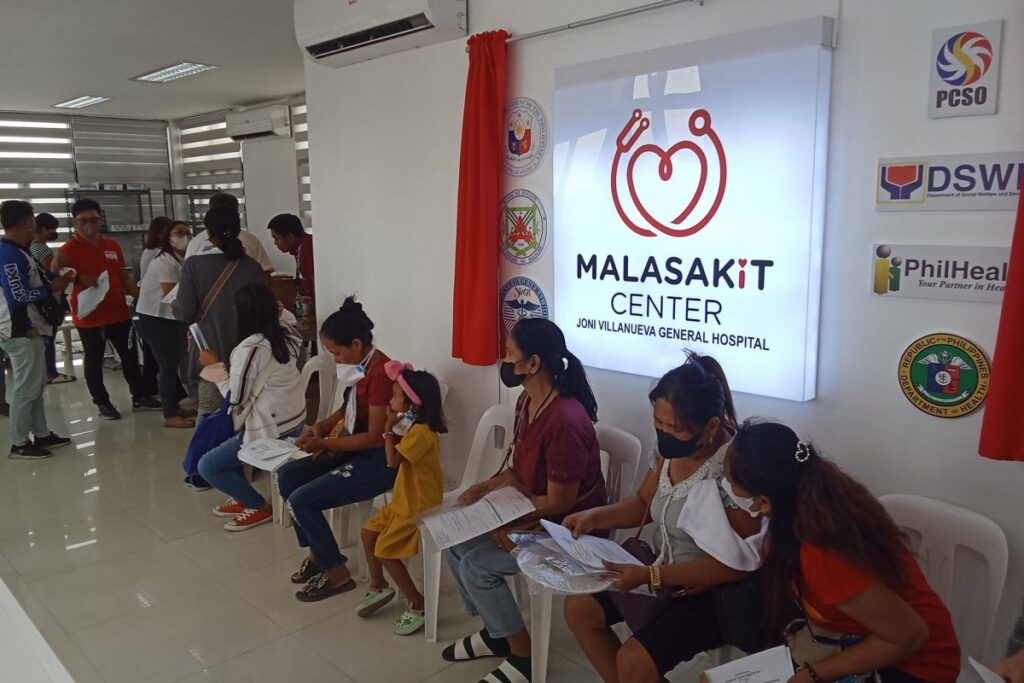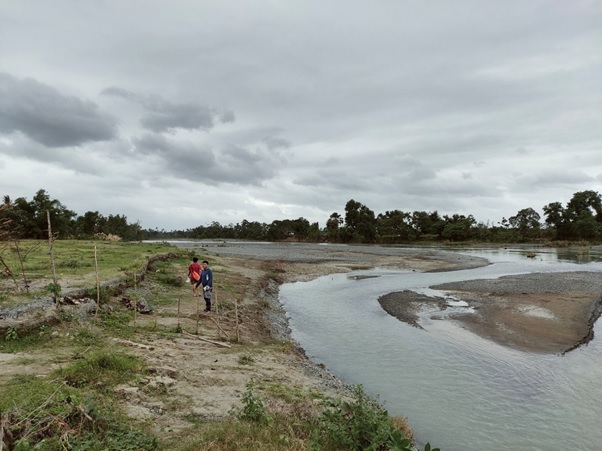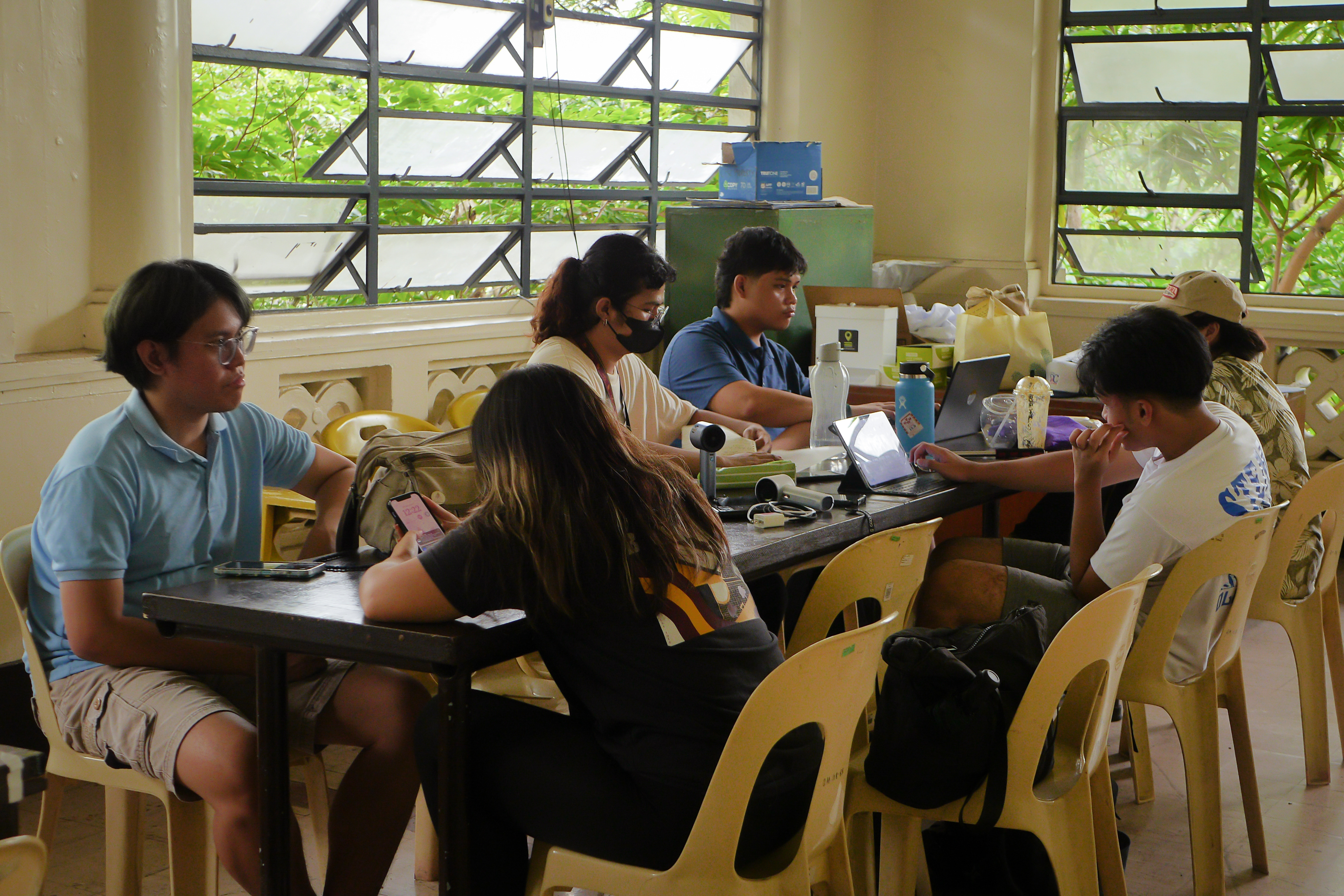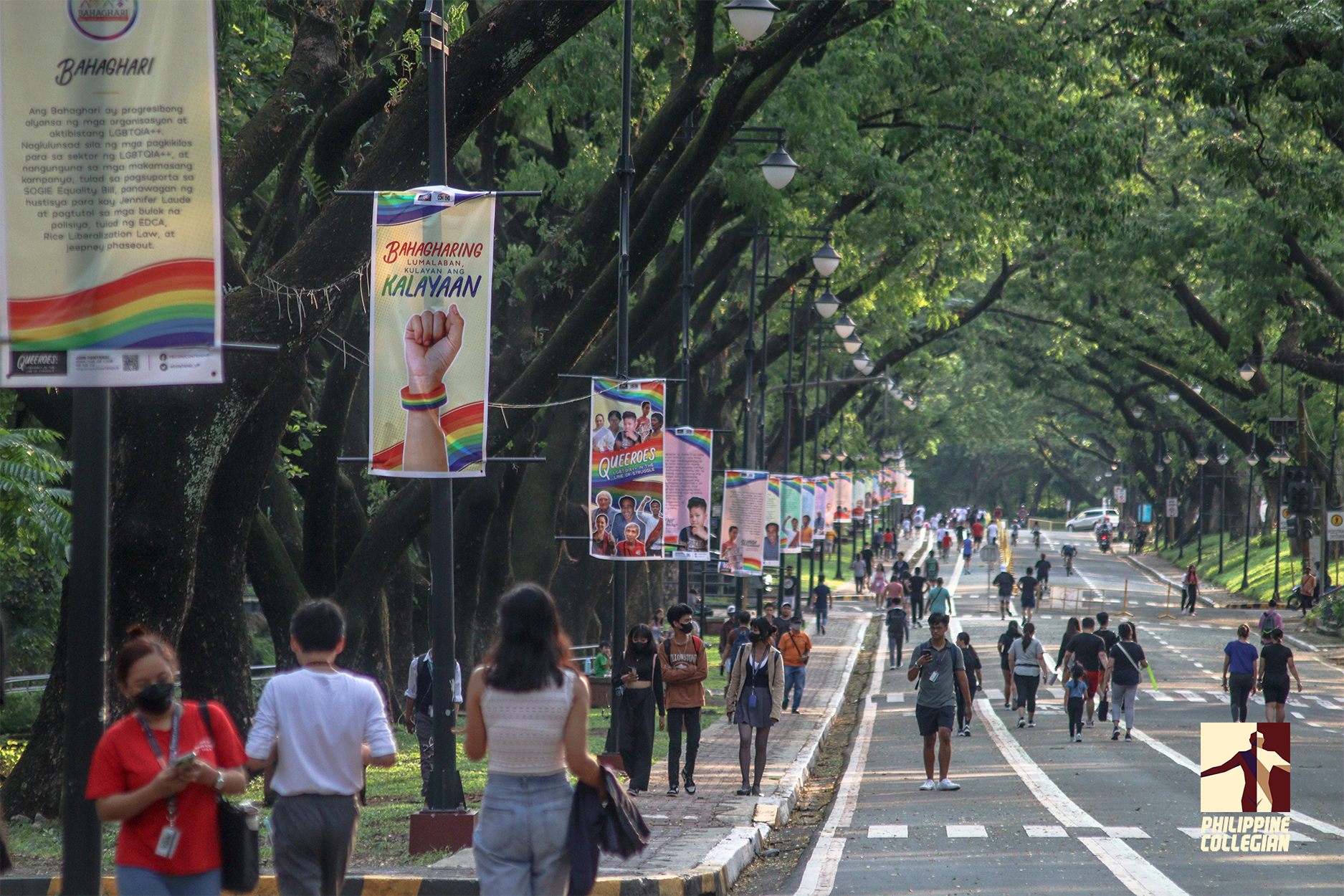Following a 300% increase in dengue cases from January to March, patients in Quezon City have continued to bear the brunt of limited budgets and overcrowded public hospitals, leading to higher medical costs and insufficient care.
The city’s local government unit (LGU) declared a dengue outbreak last Feb. 15 after a sudden surge in the number of dengue patients. But as of March 27, the number of active cases continues to climb, now reaching up to 4,148 reported cases.
While Quezon City Mayor Joy Belmonte has promised to mobilize all available resources to ensure accessibility, the Council for Health and Development, a national organization for community-based health programs, reported an increase in out-of-pocket expenses due to the unavailability of certain medications and supplies in public hospitals and health centers.
“Quezon City’s LGU hospitals have always been criticized for their long lines and lack of supplies, leaving patients and their families no choice but to purchase the needed medical supplies and medicines in nearby private pharmacies,” Jamie Dasmariñas, clinical physician of the Council for Health and Development, told the Collegian.
Strained Health Care
The city has three public hospitals: Quezon City General Hospital, Novaliches District Hospital, and Rosario Maclang Bautista General Hospital. But with the rapid rise in cases, these hospitals have become more overcrowded while remaining understaffed.
The city also recorded 12 deaths, including the recent fatality of an 8-year-old girl who was unable to seek immediate treatment despite presenting symptoms. This has become a recurring pattern for severe dengue cases from urban poor areas, where patients are diagnosed later than the advised duration.
Delays in diagnosis are often caused by a lack of information and awareness, particularly regarding the warning signs of the disease, Dasmariñas added.
In response, the city government extended the operating hours of all 66 health centers to seven days a week instead of the standard weekday operating schedule to cater consultations and provide free testing measures, such as Complete Blood Count (CBC) and Dengue NS1 antigen test.
The CBC monitors platelet count, which is often reduced during the infection, while the Dengue NS1 antigen detects the presence of the virus in its early stages, preventing complications.
While these tests are currently offered by barangay health centers, some residents are unaware of the program, leading to them paying at least P1,000 for dengue tests in private laboratories.
“There should also be a more intense effort in communities, including going house-to-house. These can be done alongside environmental prevention drives, with an emphasis on when to consult and what the warning signs and the possible complications of dengue are,” Dasmariñas said.
Current Actions
As of now, the city is performing fogging, ovitrapping, and larviciding activities to control mosquito infestation, as reported by the city’s health department.
Ovitraps, which collect eggs laid by mosquitoes for monitoring while also killing egg-laying females, and larvicides, which target mosquito larvae, are both designed to mitigate the emergence of mature mosquitoes.
Despite these measures, Dasmariñas warned that mosquito populations may still transfer from fogged areas to untreated areas, increasing the exposure rate in those locations. Coordination between institutions inside the city government, including schools and churches, is necessary to ensure efficient detection of dengue cases and clean-up drives, she added.
Dengue hotspots are also seeing a significant increase in communicable diseases such as measles and hand, foot, and mouth diseases. These areas are often characterized by densely populated settlements in proximity to waterways, creeks, and poor waste management, a breeding ground for different disease-causing organisms.
With the appearance of various communicable diseases, especially with the onset of the summer season, the Council for Health and Development continues to call for the strengthening of local health systems to be made more accessible.
“Our health system needs to be prepared for multiple onslaughts, and that can only happen if there are enough people to run it, and if they have enough supplies to cater to everyone adequately,” Dasmariñas said. ●
First published in the April 8, 2025 print edition of the Collegian.
